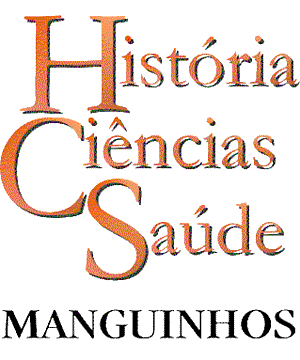Resumo em Espanhol:
Resumen Igual que es posible trazar una historia de los cantos de las aves, de su recepción por y su relación con los seres humanos, también se puede especular sobre si esos cantos pueden funcionar como historia, viva, sonora, en qué grado y modos, así como en qué diferiría esa historia aviar de la humana o si podría enriquecerla. Muchas aves, después de todo, transmiten y aprenden sus cantos unas de otras, construyen sobre ellos y los complican, recogiendo otros sonidos que asumen e incorporan, sonidos humanos incluidos. Crean así paisajes sonoros que no siempre quedan de fondo: en ocasiones, reclaman su relevancia y toman el primer plano, en la historia y como historia.
Resumo em Inglês:
Abstract Just as it is possible to trace a history of the songs of birds, of their reception by human beings, and of how humans relate to them, it is also possible to speculate on whether these songs can function as history, a living, resounding history, to which degree and in which ways. As well as on how that avian story would differ from the human one, or if it could enrich it. Many birds, after all, learn their songs from each other, they build on and complicate them, picking up other sounds they incorporate, human sounds included. Thus, they create soundscapes that are not always in the background: sometimes, they claim their relevance and take the foreground, in history and as history.
